襄阳五中2025届高三下学期5月适应性考试(一)英语
第1页共6页襄阳五中2025届高三下学期5月适应性考试(一)英语试题注意事项:1.答题前,考生务必将自己的姓名、准考证号填写在试题卷和答题卡上,并将准考证号条形码粘贴在答题卡上的指定位置。2.选择题在每小题选出答案后,用2B铅笔把答题卡上对应题目的答案标号涂黑;语法填空和书面表达题用0.5毫米黑色墨水签字笔答在答题卡上相对应的答题区域内。答在试题卷上无效。3.考试结束,请将本试题卷和答题卡一并上交。第一部分听力(共两节,满分30分)做题时,先将答案标在试卷上。录音内容结束后,你将有两分钟的时间将试卷上的答案转涂到答题卡上。第一节(共5小题;每小题1.5分,满分7.5分)听下面5段对话。每段对话...
相关推荐
-
【词汇变形总汇】2025高考词汇变形总汇 - 教师版VIP免费
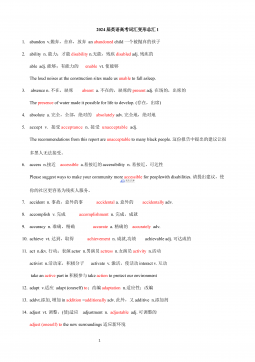
 2024-12-06 4
2024-12-06 4 -
【超简37页】新课标高考英语考纲3500词汇VIP免费
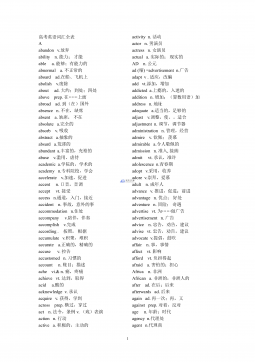
 2024-12-06 11
2024-12-06 11 -
《高考英语3500词详解》(WORD版)VIP免费
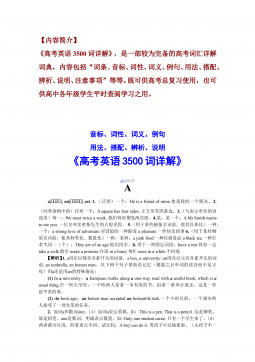
 2024-12-06 29
2024-12-06 29 -
《高考英语3500词详解》VIP免费
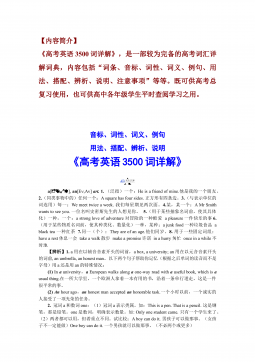
 2024-12-06 26
2024-12-06 26 -
高中英语-[教师版]80天通关高考3500词汇VIP免费
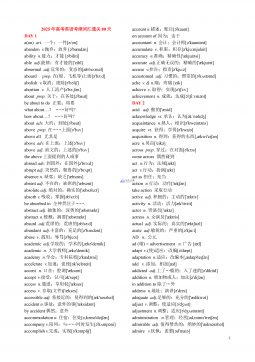
 2024-12-06 29
2024-12-06 29 -
高中人教选修7课文逐句翻译VIP免费
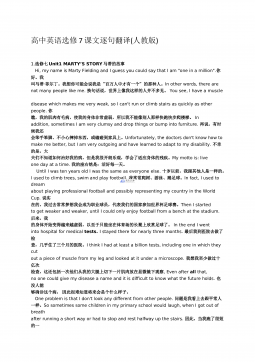
 2024-12-06 11
2024-12-06 11 -
高中人教选修7课文原文及翻译VIP免费
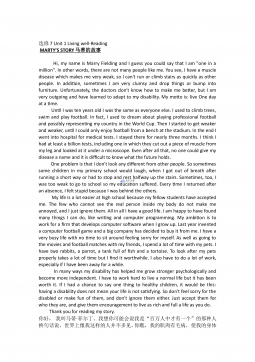
 2024-12-06 35
2024-12-06 35 -
高中人教必修4课文逐句翻译VIP免费
 2024-12-06 12
2024-12-06 12 -
高中人教必修4课文原文及翻译VIP免费
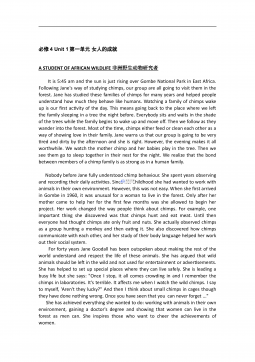
 2024-12-06 39
2024-12-06 39 -
高考英语核心高频688词汇VIP免费
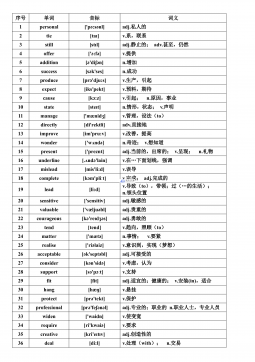
 2024-12-06 27
2024-12-06 27
作者详情
相关内容
-

安徽省部分地市2024-2025学年高一下学期开学考试生物学试题(含答案)
分类:中学教育
时间:2025-12-03
标签:无
格式:DOCX
价格:10 玖币
-

安徽省部分地市2024-2025学年高一下学期开学考试地理试题(含答案)
分类:中学教育
时间:2025-12-03
标签:无
格式:DOCX
价格:10 玖币
-

安徽省部分名校2025届高三12月联考化学试题
分类:中学教育
时间:2025-12-03
标签:无
格式:PDF
价格:10 玖币
-

安徽省部分地市2024-2025学年高一下学期开学考试 化学 PDF版含解析
分类:中学教育
时间:2025-12-03
标签:无
格式:PDF
价格:10 玖币
-

安徽省部分地市2024-2025学年高一下学期开学考试 化学 PDF版含解析
分类:中学教育
时间:2025-12-03
标签:无
格式:PDF
价格:10 玖币


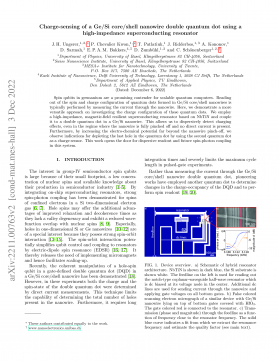
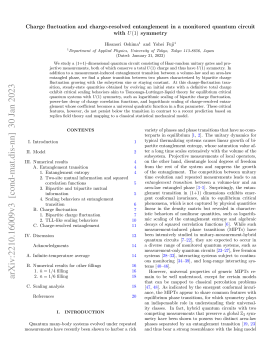
 渝公网安备50010702506394
渝公网安备50010702506394
